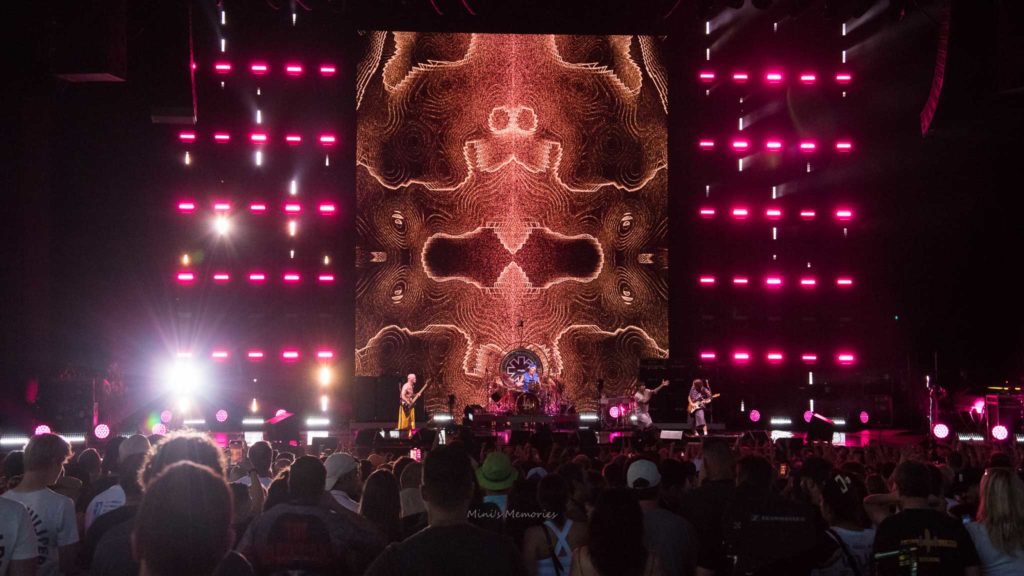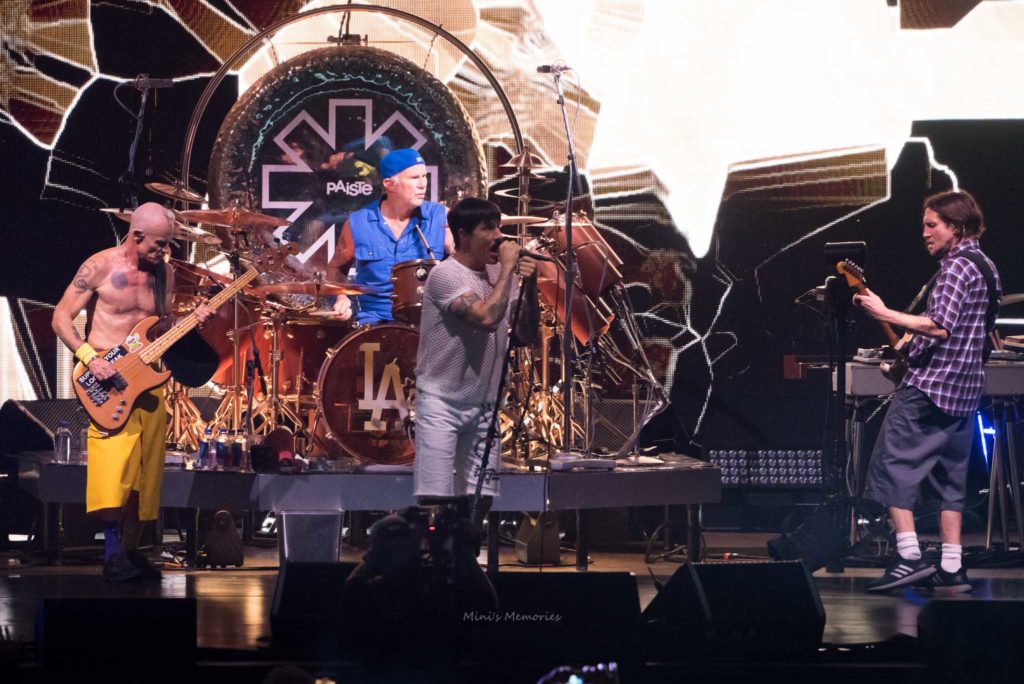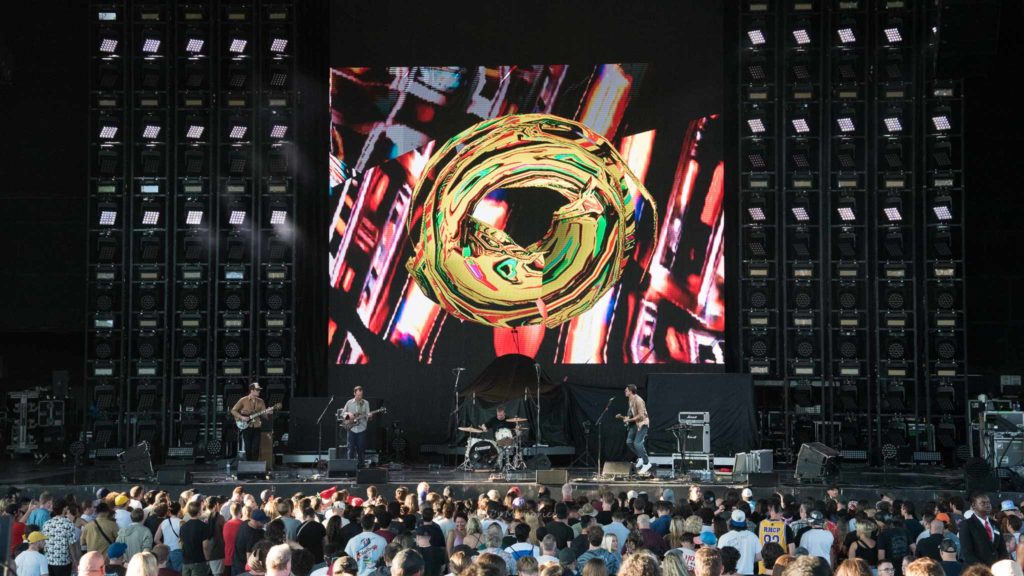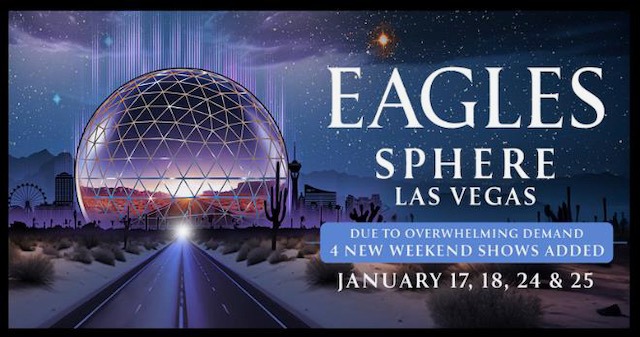By Mitch Rice
Mastering immersive audio in Dolby Atmos is revolutionising the way we experience sound. TXY Dolby Atmos studios in London showcase how this technology transforms music, films, and even gaming into a fully three-dimensional listening experience. By using object-based sound systems, Dolby Atmos allows sound elements to be precisely positioned and moved, creating an almost tangible environment of audio.
Dolby Atmos takes traditional stereo and surrounds sound systems to new heights by enveloping the listener with layers of sound that move around in all directions. Whether you’re mixing a blockbuster film or an intricate musical piece, immersive audio opens up endless possibilities for creativity and innovation. This blog post will explore the core principles of Dolby Atmos, share practical production techniques, and discuss its impact on the audio industry.
For those looking to stay at the cutting edge of audio production, mastering Dolby Atmos is no longer just an option—it’s essential. I’ll guide you through the essentials and offer insights into how you can harness this powerful technology in your own projects.
Key Takeaways
- Dolby Atmos allows precise positioning of sound elements in a hemispherical field.
- Mastering Dolby Atmos offers endless creative possibilities for audio production.
- Immersive audio is becoming essential in music, cinema, and gaming.
Fundamentals of Dolby Atmos
Dolby Atmos takes audio to the next level by creating an immersive, three-dimensional sound experience. This article will outline the essentials of this cutting-edge technology, including its basics and key concepts.
Understanding Immersive Audio
Immersive audio places listeners in the centre of the sound, rather than in front. Traditional surround sound systems use multiple speakers to deliver sound from different directions. Dolby Atmos enhances this by adding height channels, which allow sound to come from above.
I find that this creates a three-dimensional auditory experience that goes beyond regular surround sound. Whether using speakers or headphones equipped for binaural audio, Atmos maps sounds in a spatial environment, offering unprecedented depth and realism.
Key Concepts in Atmos Technology
Object-based Audio: Unlike traditional channel-based systems, Dolby Atmos uses object-based audio. This means individual sounds (or “objects”) can be positioned in a 3D space. This adds flexibility for audio engineers and enhances the listener’s experience.
Channel “Bed”: Alongside objects, Dolby Atmos employs a channel-based “bed”. This usually consists of a 7.1.2 setup, where sounds are fixed to specific speaker positions. The “bed” provides a structured base for dynamically placed objects.
Adaptability: Dolby Atmos is not confined to cinemas anymore. It’s expanding into home setups, streaming services, and even mobile devices. This makes immersive audio more accessible than ever.
By understanding these fundamentals, I can appreciate the sophistication and potential of Dolby Atmos technology. Its innovative approach is truly revolutionising how we experience sound in various media.
Production Techniques for Atmos
In this section, I will cover the essential techniques used in capturing, mixing, and optimising workflows for producing music with Dolby Atmos. These practices will ensure the best immersive audio experience for listeners.
Capturing Audio for Dolby Atmos
Capturing audio for Dolby Atmos involves special considerations to achieve a three-dimensional sound field. Microphone placement is crucial. I often use multiple microphones to capture different sound directions.
For ambient sounds, ambisonic microphones are effective as they record sound from all directions. For instrumental recordings, I use close-miking techniques combined with room microphones to get both direct and ambient sounds.
A key aspect is ensuring minimal phase issues. Properly aligning microphones helps to avoid phasing problems which can disturb the immersive feel. Using a digital audio workstation (DAW) with good spatial audio support helps manage and organise these recordings effectively.
Mixing and Mastering in Atmos
Mixing for Atmos involves more than just placing sounds left and right. I place sounds above, below, and all around the listener. This three-dimensional mixing creates a truly immersive experience.
I start by grouping audio elements. For example, vocals, drums, and effects are grouped separately before positioning them in the three-dimensional space. Utilising panning tools within the DAW helps to move these elements accurately.
When mastering in Atmos, it’s important to keep dynamic range in check. I use multi-band compression and limiting to maintain balanced levels. Rendering the final mix to Dolby Atmos ensures compatibility with various playback systems, from high-end speakers to headphones with spatial audio capabilities.
Workflow Optimisation
Optimising the workflow for Dolby Atmos is essential to maintain efficiency and quality. I begin by setting up a template in my DAW that includes all necessary tracks and buses arranged in a 3D space. This saves time during the mixing stage.
Using pre-sets and automation, I streamline repetitive tasks. For instance, creating a pre-set for a reverb effect designed for 3D space can be reused across different projects.
Another essential step is version control. By saving different iterations of your project, you can easily revert to previous versions if needed. Properly naming files and folders also ensures a seamless workflow.
Practical Applications of Dolby Atmos
Dolby Atmos changes the way we experience various forms of digital media. Whether in cinemas, music studios, or gaming environments, it offers a more immersive audio experience.
In Cinema and Home Theatre
Dolby Atmos is widely used in cinemas to create rich, immersive audio landscapes.
I have experienced it making movies more engaging by placing sounds in a three-dimensional space around the audience. This technology has been adopted by home theatre systems, allowing people to bring cinema-quality sound to their living rooms. Some of my favourite films use Atmos to pull me deeper into the story, enhancing critical movie moments with precise sound positioning that standard surround sound systems can’t match.
Music and Album Production
Dolby Atmos has transformed the way music is produced and enjoyed.
Leading artists now use Dolby Atmos to create immersive mixes. Apple Music and other streaming services offer a range of albums mixed in Atmos. These mixes enlarge the listening experience, making it feel as though the listener is inside the music. For example, I’ve noticed small details in favourite songs that I never heard before. The clarity and spatial separation between instruments and vocals bring new life to albums.
Dolby Atmos in Gaming and VR
Gaming and virtual reality (VR) are areas where Dolby Atmos truly shines.
I find that Atmos enhances the gaming experience by placing players in the centre of action. Sounds are placed around the listener in a 360-degree space, making game worlds more realistic. In VR, Atmos helps in creating a fully immersive environment, whether I’m exploring digital landscapes or engaging in intense action sequences. This level of immersion is crucial for modern gaming and VR experiences, as it helps in making the digital worlds indistinguishable from reality.
Dolby Atmos is being integrated into more video games, making it a sought-after feature for gamers who demand the highest quality audio experience.
Industry and Market Impact
Dolby Atmos has significantly influenced both consumer expectations and professional practices in audio production. This technology reshapes how audiences experience sound, from music to movies.
Evolving Consumer Expectations
Consumers now expect more immersive audio experiences. With devices like AirPods Pro supporting spatial audio, everyday listeners have a taste of the kind of depth and realism once reserved for high-end systems.
The demand for immersive music is rising, pushing the music industry to adopt these technologies more broadly. Blu-ray releases often feature Dolby Atmos tracks to meet these elevated expectations. This shift in consumer preference is driving the market towards more advanced sound production techniques.
Professional Perspectives on Atmos
From the viewpoint of recording studios and audio professionals, Dolby Atmos represents a key innovation. Studios are investing in the necessary equipment to mix and master tracks in this format. The result is an enriched, multidimensional soundscape that enhances listener engagement.
Professionals are also recognising the potential for higher quality accolades such as RIAA Gold certification. By utilising immersive audio, producers and engineers create more engaging tracks that stand out in a crowded market. Ultimately, it allows us to deliver next-level listening experiences.
Data and information are provided for informational purposes only, and are not intended for investment or other purposes.






























